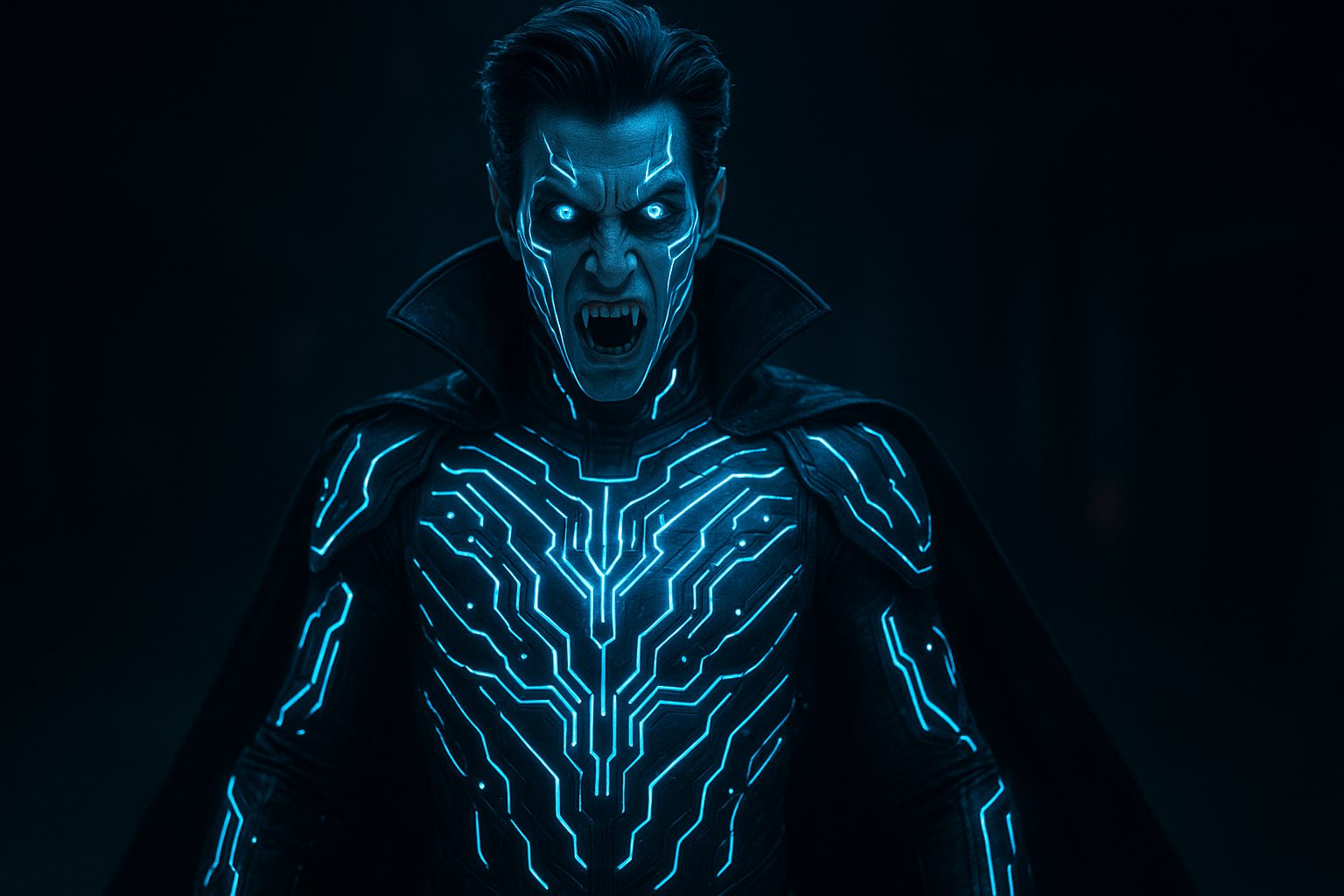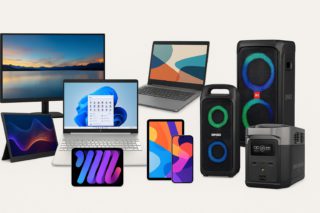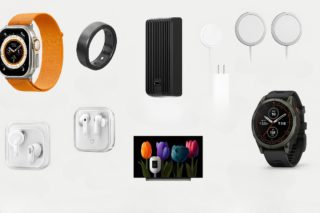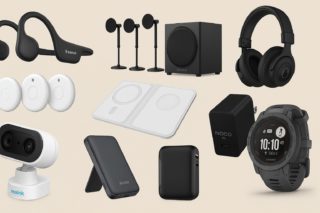Halloween just upgraded from store-bought polyester to personalized artistry, thanks to AI generators making complex costume concepts achievable at home.
Racing to create a cyberpunk vampire with glowing circuitry patterns? The combination of Midjourney’s visual generation and your 3D printer makes that ambitious project manageable in your garage. This year, Halloween costumes are moving beyond generic department store options toward personalized designs that match your specific vision, even for elaborate or niche concepts.
From Concept to Creation
AI generators lower design barriers for anyone with internet access and basic crafting skills.
Design obstacles that previously required specialized training have become more accessible. Tools like DALL·E and Runway help you visualize Victorian ghosts made of shattered glass or steampunk witches with mechanical wings—concepts that challenge even experienced designers. The process resembles having a design team in your browser. You describe your vision, the AI generates variations, and suddenly you’re choosing between twelve versions of “space pirate meets Art Nouveau.”
TikTok creators are showcasing their AI-to-reality transformations, turning generated concepts into wearable costumes through strategic fabric choices and construction techniques. Your Halloween planning shifts from “What’s available in stores?” to “What design elements can I combine?“
However, translating AI concepts into physical costumes still requires crafting skills, appropriate materials, and realistic budget considerations for complex designs.
The Marketplace Revolution
Etsy sellers integrate AI workflows to offer custom accessories and specialized costume designs.
Custom costume creation has evolved into a growing market powered by AI assistance. Etsy sellers use these tools to design personalized accessories—AI-generated jewelry matching specific character aesthetics or helmets tailored to individual face shapes and concepts. Platforms like Kaze AI transform regular selfies into Halloween-themed designs, allowing experimentation before material purchases.
The community aspect extends beyond individual creation. Social media feeds feature AI concepts, creating collaborative environments where late-night inspiration becomes shared weekend projects. This collective creativity pushes Halloween beyond traditional categories into genuinely unique territory.
Your costume possibilities have expanded significantly, though practical limitations around fabrication skills, material costs, and construction time remain important factors in bringing digital concepts to wearable reality.





























